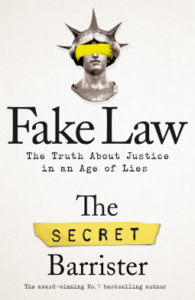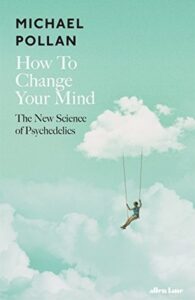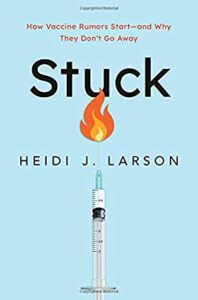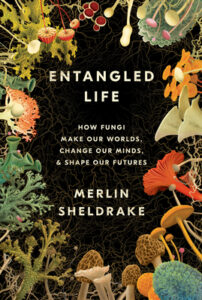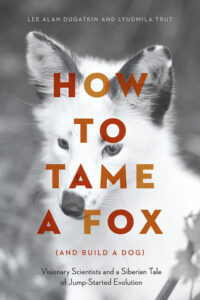 How to Tame a Fox (And Build A Dog), Lee Alan Dugatkin, Lyudmila Trut
How to Tame a Fox (And Build A Dog), Lee Alan Dugatkin, Lyudmila Trut
This book discusses one of the most famous experiments on the domestication of animals: the silver fox experiment, originally conceived by Dmitri Belyaev. Generations of foxes were bred during this experiment, selecting from each generation only the tamest animals… and quickly, the experimenters found the behaviour and appearances of their subjects converging on that of dogs. Floppy ears, curly tails, play behaviour even in adults, interest in humans, affection — even protective behaviour.
This book discusses these experiments and their context (shadowed at the start by Lysenko’s hold on the government, their funding fluctuating according to who was in power), and some of their implications. It discusses the morphological and behavioural changes, picking apart some of the known or hypothesised causes (like differences in levels of hormone production, including melatonin and serotonin).
It doesn’t go into any of the criticism of the project’s far-reaching conclusions, which I’ve been seeing a bit of around now Google knows I’m interested in this subject. For instance, at least one study has suggested that the foxes used in the experiment weren’t wild to begin with; though it was always acknowledged that they were from fur farms (and the descriptions of their behaviour, per the book, certainly don’t make it sound like any tameness had been selected for)… it’s still a confounding variable. The book is wildly positive about the experiments, so it’s worth noting that slant and the fact that the story here definitely isn’t the full story. It’s very much a story, though, including a touching tale from Belyaev’s funeral and snippets about the lives of those who worked with the foxes, so it’s pretty much to be expected.
It’s a very clear and easy to follow read, and I think it would be perfectly fine for a complete layperson, even when it dips into the science. It makes me wonder very much about whether these foxes will become common pets in future.


